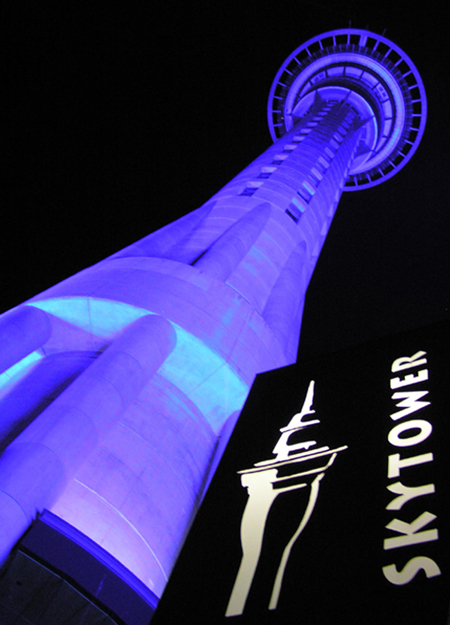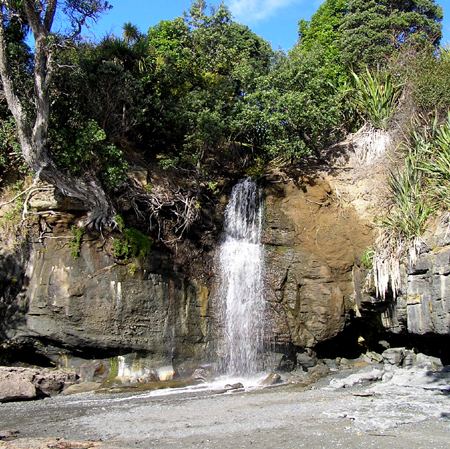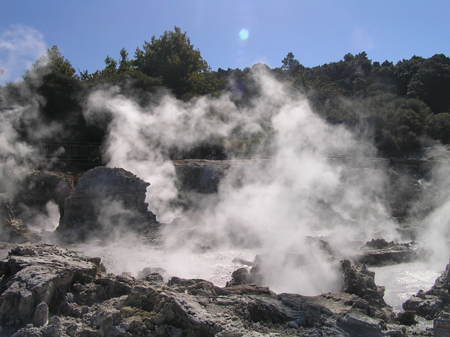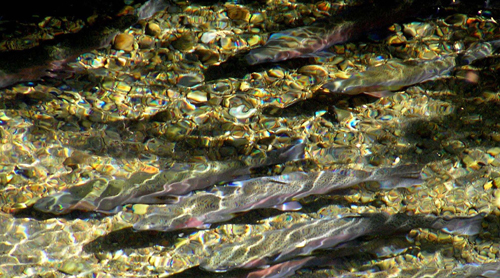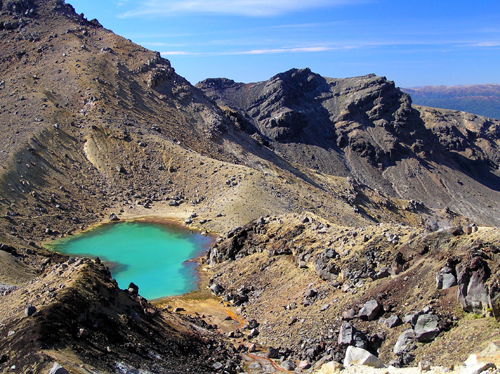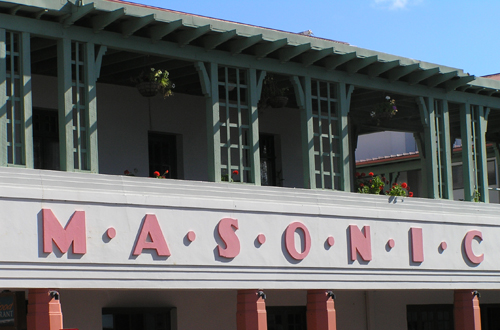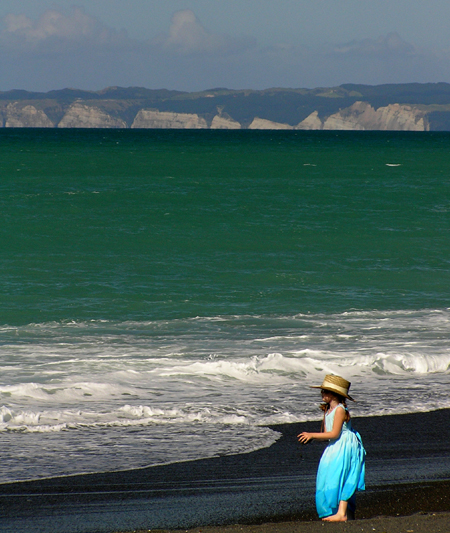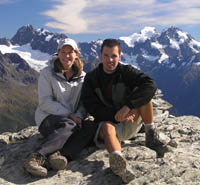Re-Entry
* * *
We now understand. Life in Asia (and much of the world) is much more precarious than anything we could have imagined. Millions of people quite literally live on the cusp of their demise. Everyday they wake up wondering if today is the day they might catch a bad break and die. Things we take for granted, like clean air, fresh water, decent shelter and edible food, are things many only dream about.
Yet, despite these difficulties, life in Asia is richer than you can imagine. The sounds, sights, and smells – all conspire to weave a sensual tapestry unlike anything we know. Everywhere, smiles light up the air like neon signs. Laughter is the daily soundtrack, and the luscious smells of exotic food punctuate the air. People exude happiness, even when they have nothing. It is amazing. There is a tempo to life that inexplicably draws you in and holds you close.
* * *
The sun has peaked over the horizon, and our journey is drawing to a close. We have been in the air for 12 hours, and the excitement of seeing our friends and families is starting to build. “Ladies and Gentlemen, please fasten your seatbelts as we begin our decent into San Francisco International Airport.” Here we go.
We see Lynn’s brother Rick in the airport terminal. He has a big smile on his face, and is holding two of the things we missed most -- a quart of milk and a pint of fresh orange juice. We laugh, and run to give him a hug. It is good to be home.
We make our way to the parking lot, our well-worn backpacks on our backs for one of the last times. As we drive out into the world, we are struck by the modernity of it all. The buildings are solid, extraordinary, and huge. People seem hurried. The infrastructure is impressive. Most conspicuous of all? Everyone drives an expensive car.
* * *
We took an old friend with us on this trip. Mabel is a beloved Fisher-Price cow from Lynn’s childhood. She seemed like the perfect mascot, and besides, she really wanted to come along. Enjoy her photo gallery here.
* * *
St. Augustine said, "The world is a book and those who do not travel read only one page." It’s true. Get out there. You won’t regret it.
